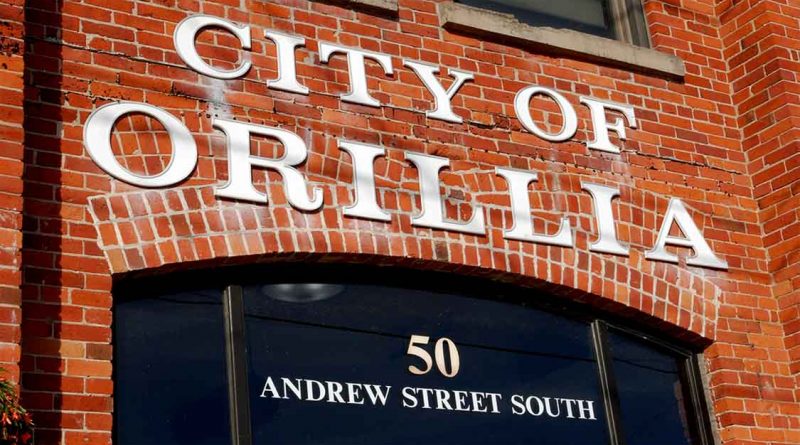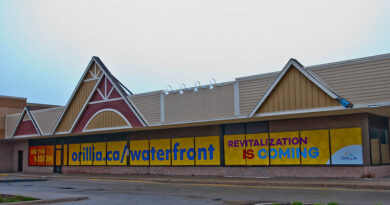Council Preview
By John Swartz
Orillia council beings is committee week meeting schedule at 3 p.m. with a closed session to get an update on the Notice of Application for Judicial Review related to councillor Jay Fallis’s alleged breach of confidentiality on the selection of FRAM as the developer of City owned land on the waterfront. The date of the tribunal will be June 28 or 29.
When the open session begins at 4 p.m. council has three items of 8 which deal with finance. One of those is on the consent portion (along with three other items) which means it will likely pass without discussion.
![]()
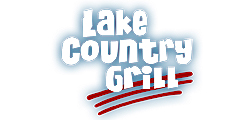

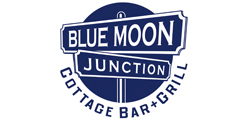
![]()
The City has a line of credit of$15 million (for operating not capital purposes) set up under a temporary borrowing by-law. A new by-law has to be approved each year. The amount is calculated under rules of the Municipal Act as percentages of expected revenue. Think of it as overdraft protection. The City has not used this form of loan for several years, but has had it available. Should any amount be needed the interest rate is prime less .75% – which currently is 2.45%.
The second item on the consent agenda will add a condition to the City’s Affordable Housing Incentives policy so applications for funding can only be considered on land zoned for such use. Staff say the City’s first come first served rule for using the funds could mean council could approve a grant for projects that may not happen if proper zoning is not made. This could lead to a case were a project ready to go is left out from funding it would otherwise get because funds – which may never be used – are already committed.
Nice Driveway You Got There
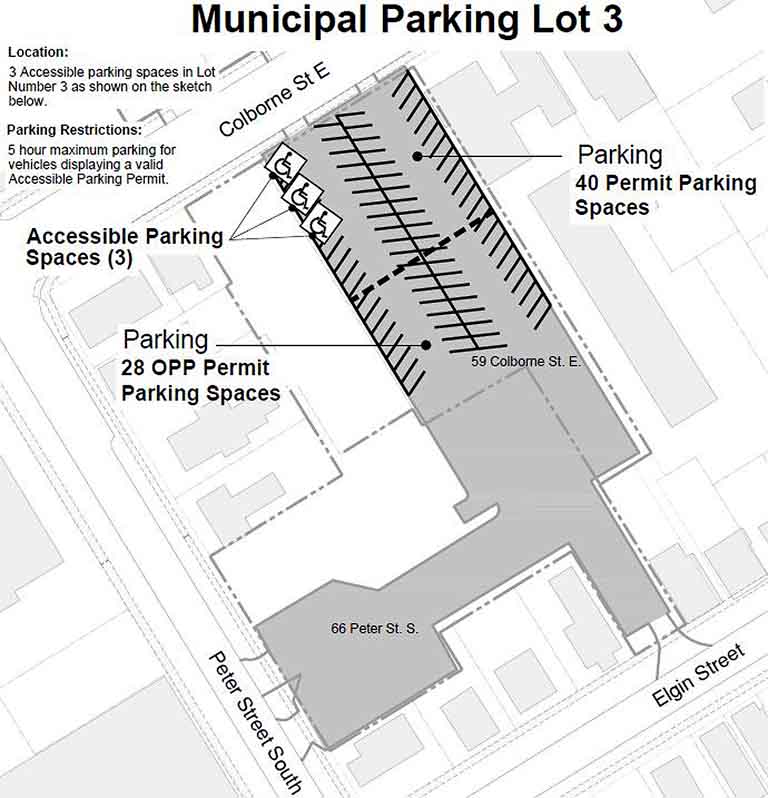
Third is a new by-law to create and entrance permit – with teeth. An entrance in this case means driveway. Currently the City has a permit policy for creating or altering entrances, but it is not required and there are no standards attached to make sure they are correctly built. The new by-law would require property owners to submit plans for approval, have liability insurance, and provide for inspections. It will only apply when a new driveway entrance is being made, or an existing one is being changed, but not to cases where repaving is the only thing being done. It also would allow the City to reject proposals where driveways would create problems for traffic or change drainage conditions.
The 4th consent item will increase permit parking spaces in Lot 3 (Colborne Street adjacent to the old OPP building) by 28 spaces and three of them become handicap parking spots. This correlates to the area of the existing lot that was fenced for use by the OPP.
Food Back On the Table
The first item of the rest of the agenda requiring individual attention and discussion is the return of a report recommending business licensing changes which would remove restrictions fruit and vegetable stands to sell produce grown in Orillia or surrounding townships.
Staff recommend changing criteria of the current by-law to allow food grown anywhere and not to place restrictions on origin because no one else is doing so. However they include feedback from several groups advocating emphasis on locally grown food, and which all opted for a local requirement.
It’s interesting that while the groups quoted all favoured Option 2 as presented to them, it’s clear from the comments they meant food grown in Orillia and the townships. Meanwhile Option 2 presented to council changes the definition of local from Orillia and townships to food grown in Ontario, which appears to contradict what area food groups wanted.
Fairmile Monument Plan
Next is a report about a memorial the Legion wants to locate in Veterans’ Park to commemorate the explosion of a Fairmile boat in 1943 which killed Air Cadet Stanley Peacock and earned King George VI Police and Fire Services Medals for Gallantry for fire fighters Lieutenant Daniel Macleish and Captain Elgin H Jones whose actions averted a greater disaster.
The design is a 4 sided, 5 foot tall, pillar with each side devoted to Peacock, the firefighters, Hunter Boats and a description of what happened. The legion has obtained a cost of $10,000 to install it. The legion’s request for a grant of $5,000 was deferred by council in April because councillors didn’t have a drawing of it and some questioned if it fit into park plans.
It turns out staff does not like the design (“more in keeping with a church property or cemetery”) and wants something more arty which fits the renovation concept of that part of the waterfront parks. The legion would like to complete the work in time for the anniversary of the event in October and staff say they don’t have this on their work schedule and road construction in the area would affect the legion’s timeline.
The legion has said they’d like it installed in the area Hunter Boats occupied at the foot of Mississaga Street, but documentation in this report does not show the exact location. That said, staff raise objections to a memorial because it does not fit current plans, but if a memorial is approved there is a spot opposite the legion it could work, and changes to existing plans will add $15,000 to the budget.
The recommended option is to receive the report, which means do nothing and puts the memorial plan in limbo and disallow staff time to deal with this.
Spending/Saving
The next two items deal with finance issues. First is a proposal by staff for a debt financing policy. The province regulates debt repayment at 25% of a municipality’s revenue sources and the treasurer, John Henry, is recommending 10% instead.
Henry says the City’s debt ratio (2%) is one of the lowest in the province, but the City, instead of borrowing, reallocated money from reserve accounts for some projects. This is akin to taking money from the retirement account to fix the roof and eventually you want to replace the money saved for the original purpose. So far the City has made significant moves to restore the health of reserve accounts during this term of council. He also said regulations allow the City to borrow from $45 to $140 million depending on terms and interest rates, based on the 10% limit.
The report recommends council place restrictions on what kinds of capital projects and when debt such as debentures can be used. Henry says there are some projects where debt financing might make sense. It’s kind of like the City borrowed $20 million against the new library when it already had cash in reserve to pay the cost because interest rates were at or near zero. As it stands the loan will be paid off in the next two years.
In essence, Henry is suggesting some projects, like where development charges and fees are known to be forthcoming but infrastructure work to facilitate those projects is needed now, could be treated in a sense as mortgages. He also recommends policy rules should be adopted so future councils don’t overextend the City.
Doing so would allow the City to stick to its 10 year forecast of capital projects it can fund without borrowing and allow for projects which may appear which advance the community’s interests (i.e. achieves an objective vs. nice to have).
The other report is a proposal to revise policy on reserve fund use. One change is requiring reserve funds not have negative balances, and if such is approved a plan to refund accompanies authorizations to use funds. This would change past practice which placed some City reserve accounts in negative balance with no firm commitment to replace those funds.
The City has 57 reserve accounts set up for various purposes. Some like the development charge reserve are mandatory and have restrictions imposed by the province on how the money can be spent.
Staff recommend realigning reserves accounts which are not mandatory, by closing some, and amalgamating others into new ones bearing names illustrating their purpose. To be closed are the 2 Hunter Valley Reserve which is not needed because the property has been sold and the Art in Public Places reserve. Of the latter this statement, “This intent of the reserve was to provide funding to beautify the City. However, since then this reserve has not received any contributions and has been in a zero balance for many years…” illustrates how council’s have routinely made gestures to arts in the community, but not followed through. Despite the documented significant contribution arts makes to the local economy, many people still see it as a frill.
On the same note, Arts/culture reserves, staff recommend 10% of any library annual surplus, if any, be directed to the Tax Rate Stabilization reserve, and the balance to the library general reserve. Past practice has been all surpluses be clawed back to the City. Also in the recommendations is the Leacock Home reserve– along with 11 other reserve accounts – be rolled into a new account called the General Asset Management reserve.
Past practice for year end municipal reserves was to allocate the money to the Tax Rate Stabilization reserve. Staff recommend a change to direct 90% of any surplus to the Asset management reserve and 10% to tax rate stabilization. This reflects staff’s position infrastructure needs are
currently not adequately being met in consideration of council’s long term goals.
This reorganization staff contends will position the City to better afford asset replacement (most capital projects) as council has adopted in a ten year plan, of which funding for some projects is not accounted for. It will also eliminate many budget committee discussions on what and how to direct money the City receives other than from the tax levy by setting routines (and also the frequent question, “Why do we have this reserve?”).
Enquiries
Councillor Jay Fallis has the only enquiry motion. He’d like a report of what additional studies will be needed to increase the density of employment lands as they relate to ongoing boundary expansion plans
Council meetings are done by video conference and the chamber is closed to the public. The public can watch it live on Youtube.
(Photos by Swartz – SUNonline/Orillia)

